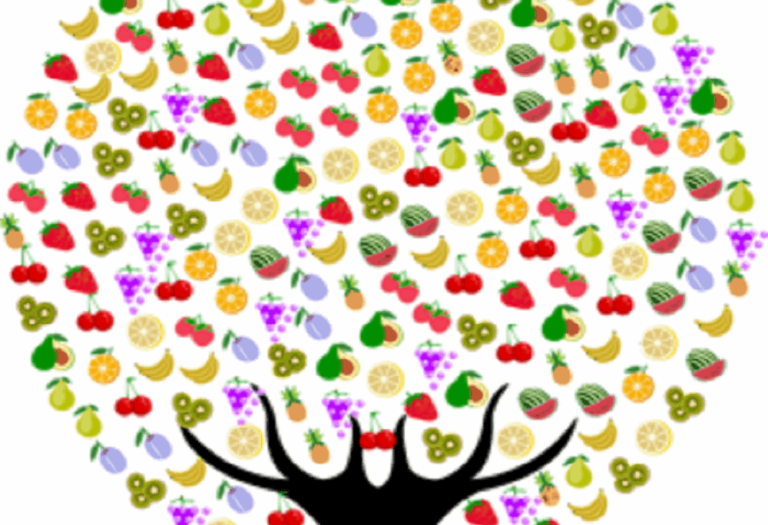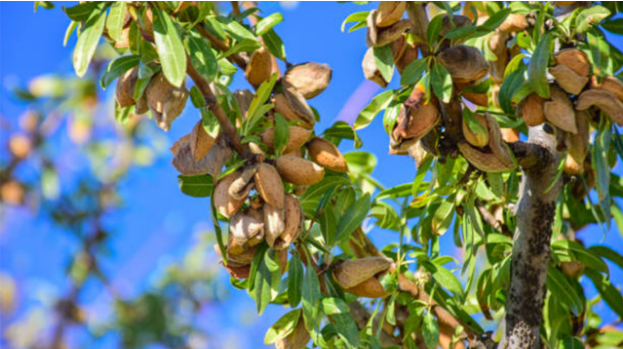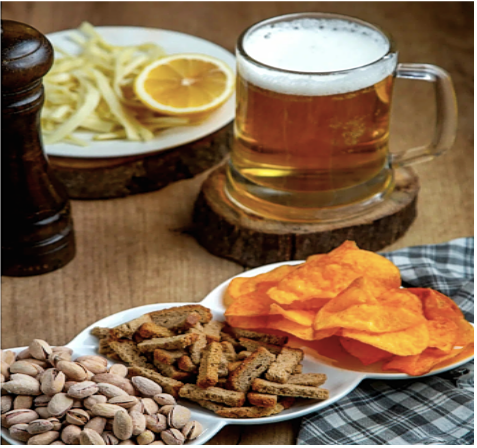Your cart is currently empty!
Health Benefits Of Hazelnuts
Nutritional Content Of Hazelnuts (1 Ounce)
- Calories: 183 (766 KJ)
- Protein: 4.3 g
- Total fat: 17.7 g
- Saturated fat: 1.3 g
- Carbohydrates: 5 g
- Fiber: 2.7 g
Hazelnuts are an excellent source of vitamin E, fiber, manganese, copper, and magnesium and a good source of phosphorus, iron, potassium, and zinc. They also contain beta-sitosterol, which may help lower blood cholesterol, and several antioxidants, including squalene and phenols.
The History Of The Word ‘Hazelnut’
The name ‘hazelnut’ is used commercially to refer to any of the nuts of the Genus Corylus. The two most widely available species are the filbert and the hazelnut. The traditional word filbert refers to the varieties cultivated in Europe. The hazelnut is a round variety brought over, cultivated and grown in America.
Specifically, there are two species of hazelnuts indigenous to North America. The American hazelnut, which looks more round, is located principally on the East Coast. Then there is the Corylus Cornuta or the C. cor-nuta, the beaked filbert. They range on the coasts from the Atlantic to the Pacific. Both are small, hardy, shrubby trees or bushes. Nuts of these American species are small, with thick shells. They were a valuable source of food for many paleo-Indians inhabiting the continent.
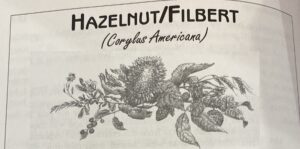
History Of The Hazelnut In North America
Around 1970 important archeological work was begun in the cornfields of the farm of the late Theodore Koster, located in Greene County, Illinois. The location is about 50 miles northwest of St. Louis, Missouri, and about 270 miles southwest of Chicago. Initially, the excavations were conducted by Dr. Stuart Struever, former chairman of the Department of Anthropology at Northwestern University in Evanston, Illinois.
From one of North America’s most important archaeological treasures, now known as the Koster Site, has come a wealth of information about how the peaceful, sophisticated inhabitants of the lower Illinois River valley lived around 6400 BC. For one thing, they balanced their diets with two types of protein usually consumed in the same meal. Abundant evidence existed to show they consumed hazelnuts along with lots of freshwater fish. The nuts are easily digestible and have a high protein content that resembles the meat of large mammals. The fish, on the other hand, are very lean and tasty.
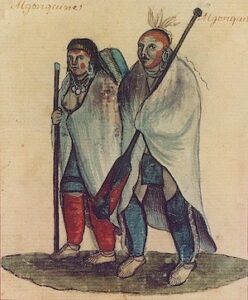
Evidence Of The First Hazelnut Nut Milk
Now let’s fast-forward this scene by some eight millenniums to the mid-seventeenth century and the Algonquin Indians of Virginia.
They pounded hazel and hickory kernels and shells in a mortar until they were finely powdered. Then, water was added to the mixture and passed through fine strainers. The process continued until a nourishing milky drink called Pawcohiccora or “Nut Milk” was produced. This rich, creamy concoction was then added to venison broth. Also, used to prepare hot cornmeal cakes, hominy, and roasted sweet potatoes.
More can be read about these Paleoindians in the fascinating book Koster: Americans in Search of Their Prehistoric Past by Stuart Struever and Felicia Antonelli Holton.
The Healthy Evidence
Turkish researchers published an article in 2010 on their study of hazelnuts and LDL cholesterol oxidation. They gave members of a control group 1 g of nuts per kilogram of body weight for four weeks. For the average person, this would be about 2-3 ounces or 57-85 grams daily. They found that hazelnuts reduced LDL oxidation and also increased the ratio of large-sized LDL particles to small-sized particles. This relates significantly to heart disease because small LDL particles are more likely to penetrate the blood vessel wall.
Because so much of the food we eat these days is refined far beyond its original state, we never even approach the amount of fiber we need to keep our digestion balanced. Fiber is crucial to hastening the movement of food through the small intestine. Indigestible, bulky material acts as a stimulus to the large intestine and the stomach by increasing movement via peristalsis. For normal bowel movements, this process has to occur. Fibre also takes away the fat that will just get stored in your body anyway. Furthermore, roughage also prevents erratic changes in blood sugar levels. Then there is fiber, which helps to keep sodium levels in the body low, and helps to support proper kidney function and also helps to promote healthy blood circulation.
Sources Of Digestible Fiber
But the most important function of fiber is to promote a feeling of fullness. The indigestible fiber of nuts, whole grains, seeds, and root vegetables creates a sense of satisfaction lasting for hours. This is good because a person is not tempted to snack so often. Currently, it is more difficult to access junk foods that are sugary, salty, and fatty, which contributes to obesity.
Major sources of protein for these preagricultural groups were fresh- and saltwater fish and lean venison. They did without dairy products, such as milk, butter, and cheese, simply because they had no access to them. The consumption of poultry and eggs was rare. High-carbohydrate tubers such as yams, sweet potato, parsnip, and regular potato were eaten occasionally. In the season, they would gather berries and certain fresh fruits for meals. Some use of leafy greens was made, but the archeological evidence indicates such salad items were not as popular as they are us today.

“The Caveman Diet Program” for Obesity, Diabetes, Hypertension, and Constipation
Dr. Vaughn M. Bryant must get ultimate credit for laying the foundations of our famous “Caveman Diet Program.” This department head and professor of Anthropology at Texas A&M University in College Station first introduced the concepts of it way back in the winter of 1979. There he was, in the February 19 issue of People magazine, sitting crosslegged on an untanned animal hide, wearing nothing but a leopard skin slung across one shoulder, and nibbling away on a wild persimmon.
Spices And The Caveman Diet
Spices such as cayenne, garlic, turmeric, rosemary, sage, and thyme “turn up” the body’s internal combustion of stored fat. Certain nuts and seeds also work well with these spices. Not only hazelnuts have a rich synergy with spices to expedite weight loss more quickly.
Spices contain volatile oils that account for their sharp, pungent smells and flavors. “Nuts generally contain relatively large concentrations of most trace elements,” say the editors of The Analysis of Prehistoric Diets. The health benefits of hazelnuts are fairly typical of what you will find in the way of nutrients in nuts throughout Europe and North America. They usually have double the value of manganese, copper, zinc, and magnesium. Well over mineral values for cereal grains, vegetables, and meats. But it is in the area of a relatively little-known nutrient, strontium, that such nuts are particularly rich. Levels in hazelnuts exceed 20 to 30 times the number of trace elements that you can find in other basic foods.
The combination of certain volatile oil compounds from some spices and the strontium from nuts, in general, work in an aggressive chemical manner to enhance specific biological functions that can cause the body to convert or “burn” more stored fat into productive energy. Spices alone will do some of this. Nuts by themselves will do a little. When combined, the body’s “fat thermostat” is nudged up, and a “melting” environment is created that actively deals with stored fat. The hardest thing to get rid of and keep off permanently. This is the essence of a proven diet program that works.
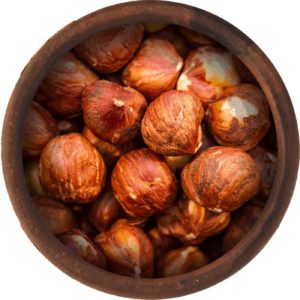
High-Energy Foods For Chronic Fatigue Syndrome, Hypoglycemia, And Yeast Infection
Hazelnuts may be a healthy choice in any diet plan. Providing some improvements in people with chronic fatigue syndrome, hypoglycemia and candidiasis. Here’s how hazelnuts may be able to help:
Energy and Nutrient Source. Hazelnuts health benefits are also a good source of healthy fats, and rich in monounsaturated fats that help provide energy. These fats can also be helpful to those who suffer from chronic fatigue syndrome. They also can assist in controlling blood sugars of those persons who are hypoglycemic.
Nutrient Density. Hazelnuts are packed with nutrients, including vitamin E, manganese, magnesium, copper, and B vitamins. These nutrients help support many functions in the body, including immune function and energy production.
Antioxidant Properties. Hazelnuts are a source of antioxidants, vitamin E and phytochemicals that can play a role in fighting oxidative stress and inflammation. These properties will be advantageous for people suffering from chronic fatigue syndrome and yeast infection. Hazelnuts are good for immune function and fight inflammation.
Fiber Content. Hazelnuts are high in dietary fiber content, which promotes good digestion and can maintain blood sugar levels. Fiber also helps maintain a healthy gut microbiome, a critical part of self-care for those with yeast infections.
Current Production And Harvesting Information
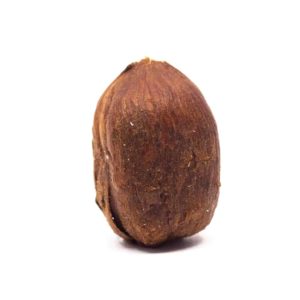
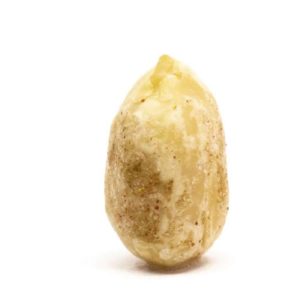

We have only had the numbers from prior to the 2023 Turkey-Syria Earthquake. But roughly 75 percent of the world’s supply of hazelnuts is produced on small Turkish family farms along the southern coast of the Black Sea. Where they are called ‘Filberts’. Another 13 percent comes from Italy’s coasts. 7 percent of Spain’s Mediterranean coastal regions. The remaining 5 percent is produced in the Pacific Northwest and Upper Mid-West of the United States.


